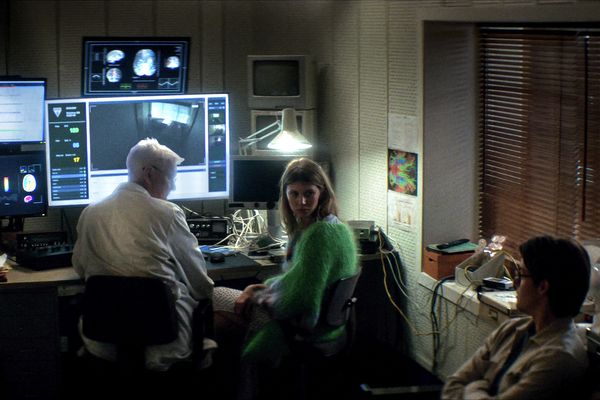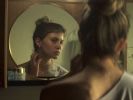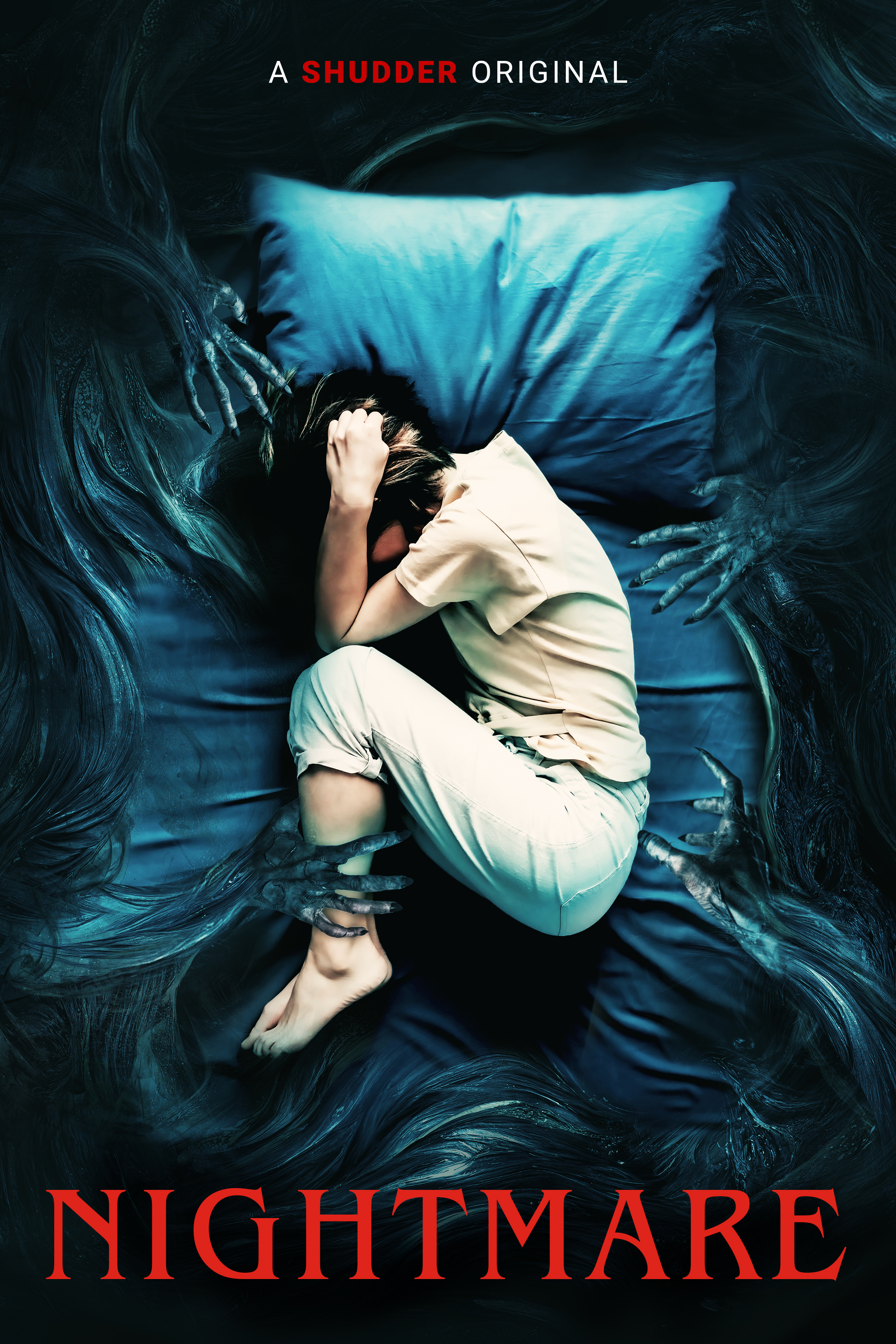Eye For Film >> Movies >> Nightmare (2022) Film Review
Nightmare
Reviewed by: Jennie Kermode

That uneasy space between consciousness and unconsciousness has troubled humans for at least as long as we’ve been writing things down. It’s a liminal space, full of mysteries, which many traditions connect with other worlds – and where there are other worlds, there is the possibility of encountering their native inhabitants, who may not always be friendly. Kjersti Helen Rasmussen’s Nightmare (originally titled Marerittet, which means roughly the same thing but has sinister, supernatural connotations which have been lost from the English term) is one in a long line of films to explore this idea, but it does so very cautiously, walking an uneasy line between supernatural possibilities and the psychotic.
Eili Harboe (whom some readers will remember from her outstanding supporting turn in Norwegian disaster movie The Wave) plays Mona, a young woman who has just moved into a new apartment with her partner Robby (Herman Tømmeraas). It’s one of those standard horror movie deals: a spacious fixer-upper full of odd little details, with a secret history of the sort which estate agents prefer to keep to themselves. They quickly get to know the neighbours, an older couple who are struggling more than is usual with their young baby. People ask Mona if she’s going to have a baby now that she’s settled. Robby hints that there’s plenty of room in the new place. Mona is definitely not in that place in her life, and it gradually becomes apparent that she’s wondering if everything about their relationship is going too fast.

It’s around this time that the nightmares start. They involve a man who looks like Robby but has a different personality, and they’re explicitly sexual, which initially excites her but soon becomes distressing, especially when she discovers that she’s also sleepwalking. The woman next door asks her to accompany her to a talk which turns out to be about sleep paralysis, which will be more disturbing for viewers who are aware that sleep paralysis is more common in people recently exposed to the idea of it. The talk is presented by a doctor (Dennis Storhøi) who aims to help sufferers by teaching them the art of lucid dreaming. When Mona experiences sleep paralysis herself, she will become one of his patients, but there may be more going on here than she is initially aware of.
Taking a rich, layered approach to a subject which is too often used as a lazy means of delivering scares and nothing else, Rasmussen charts Mona’s gradual breakdown, caused in part by sheer exhaustion from lack of sleep. The neighbours’ situation grows more extreme and a story emerges about a demon haunting the building, attacking women in their sleep in the hope of possessing a foetus and thus taking physical form. Is it real? Mona’s experiences increasingly incline her to think so. The doctor is sympathetic, but Robby is concerned about his background and the possibility that Mona is being exploited. Which of these men should she listen to? In an encounter with another doctor, she is shocked by how little her own feelings seem to matter. Sleep paralysis reduces her to an object, but is that always how men have seen her?
Underlying all this is something darker: the idea that there is a side to Robby which she was not previously aware of, and that perhaps her neighbour had a similar experience with her husband, who often says ‘we’ when he seems to be talking primarily about what he wants. Is the building dangerous because it’s haunted, or because these spacious properties make the men broody, changing how they see the women in their lives? Is it psychotic for a woman to reject the idea of motherhood? Medical and social gaslighting complicate a narrative in which, having passed through the initial stages of her terror, Mona grows not less but more certain of who she is and what she will and will not put up with. Whilst her perception of what is reasonable drifts further and further away from Robby’s, Rasmussen gently prompts viewers to keep an open mind as to which of them is right.
Beautifully acted, the film by turns charms and repulses its audience, all the way to its abrupt and shocking ending. It’s shot in rosy, womb-like interiors where Mona, decorating, chips away at layers of wallpaper which unfold like vulvas until Robby paints over them, as if trying to tame the place, to make it conform to a cool masculine aesthetic. Visually and metaphorically, the film plays with the idea of penetrating a mystery, and of how doing so might lead to something pushing through, intruding into our world from elsewhere, a demon or a baby equally mysterious in its consciousness. Mona is on the defensive, trying to assert her own value, to be more than just a conduit for ideas or flesh. In the end, perhaps all the nightmares do is condense and reveal her situation. The horror is everywhere.
Reviewed on: 29 Sep 2023
















